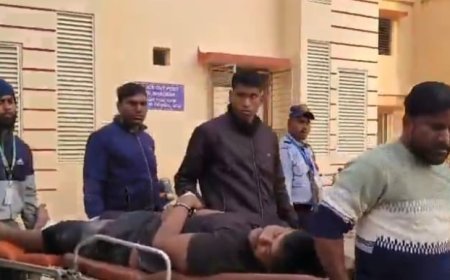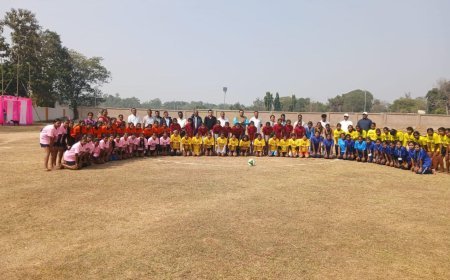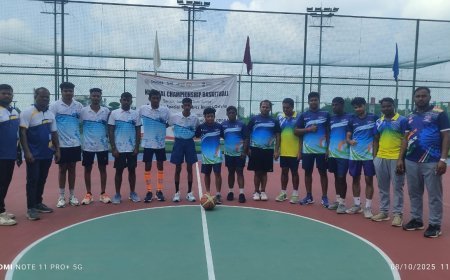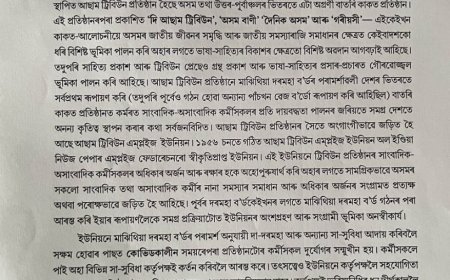Restoring the Classroom: Reducing Teachers’ Non-Teaching Burden to Protect Education
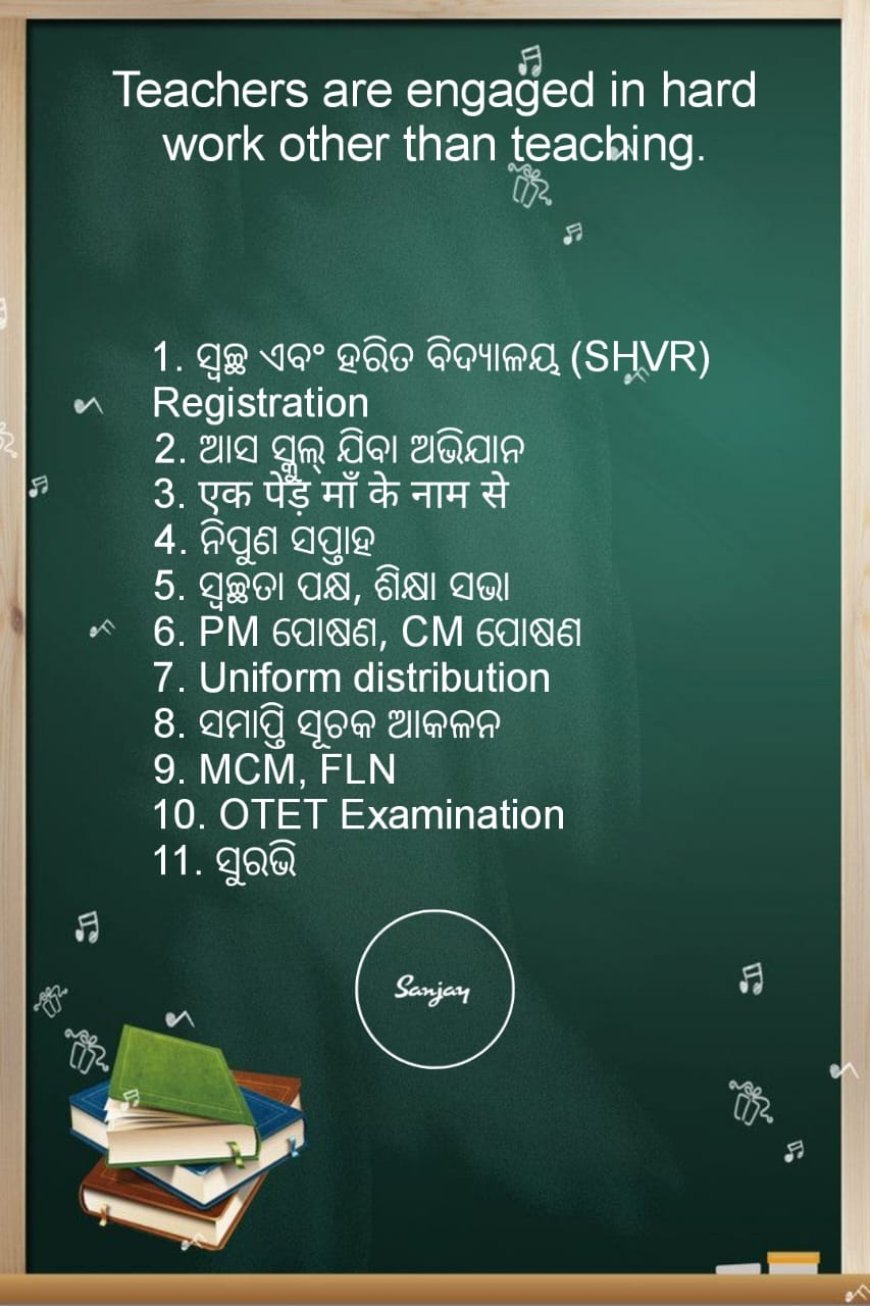
In today's educational landscape, particularly across India, school teachers are grappling with an overwhelming array of non-teaching responsibilities that detract from their primary role: educating and inspiring students. This escalating burden, encompassing everything from administrative tasks to government-mandated programs, is not just a logistical issue—it's a threat to the very foundation of quality education. As teachers spend more time on paperwork, surveys, and event coordination, the time dedicated to lesson planning, student interaction, and creative teaching diminishes. A perception survey reveals that 66% of teachers view non-academic work as their greatest obstacle, highlighting the urgent need for reform to safeguard the core mission of schools.
The Weight of Excessive Non-Teaching Duties
Teachers are increasingly tasked with organizing mid-day meals, conducting surveys, implementing programs, entering data, and managing various government schemes. While these initiatives often aim to enhance student welfare, they inadvertently overload educators' schedules. The result? Teachers are stretched thin, juggling roles that pull them away from the classroom. This trend is not isolated; it's a systemic issue that demands attention to prevent further erosion of instructional time.
The Broader Impact on Teaching and Learning
At the heart of a teacher's profession is the ability to teach, mentor, and guide young minds. However, when non-teaching duties consume nearly as much time as classroom activities, the quality of education suffers. Research and field studies underscore how these distractions hinder lesson preparation, limit meaningful interactions with students, and contribute to widespread burnout. Burnout manifests as disengagement, reduced creativity, and a lack of energy in the classroom, all of which undermine effective teaching. Conversely, evidence shows that increasing dedicated classroom time directly boosts academic performance and equips students with essential life skills.
Consequences for Students: A Lost Opportunity
The ripple effects of this burden extend directly to students. When teachers prioritize administrative tasks over instruction, learners lose out on critical classroom hours. This deprivation affects foundational skills, discipline, responsibility, and long-term prospects. Studies consistently demonstrate that even an additional hour of instruction or an extra class day can yield measurable improvements in learning outcomes—benefits that vanish when teaching time is compromised by non-educational duties.
The Way Forward: Policy Interventions to Reclaim Focus
The erosion of classroom time calls for decisive action. Policies must prioritize protecting teachers' primary roles by clearly defining and restricting responsibilities to educational tasks, while delegating administrative duties elsewhere. Here are key interventions to achieve this:
Defining Non-Teaching Work
Policies should explicitly outline what constitutes non-teaching activities and prohibit their assignment to educators. This clarity, as recommended in recent educational policy drafts, must be embedded in rules and acts to shield teachers from overload.
Support Staff Deployment
Hiring sufficient administrative, IT, and support personnel is crucial. These staff members can manage data entry, recordkeeping, and event organization, freeing teachers to concentrate on lesson planning, teaching, and student engagement.
Leveraging Technology
Introducing user-friendly educational technology and learning management systems (LMS) can automate routine processes like reporting, grading, and communication. This streamlining reduces paperwork and allows teachers to invest more in core instructional work.
Legal Enforcement and Accountability
Laws should restrict teachers' involvement in non-educational government tasks, such as elections, censuses, or surveys, except where unavoidable. Ongoing monitoring and compliance reporting will prevent administrative creep.
Ongoing Training and Empowerment
Policies should include continuous professional development focused on classroom effectiveness, ensuring that administrative burdens do not interfere with teachers' growth and autonomy.
By implementing these measures, policymakers can foster an environment where teachers are empowered to excel in their educational roles, ultimately benefiting students and society.
Effective Methods to Reduce Non-Teaching Workload
Beyond broad policies, practical strategies can alleviate teachers' burdens and restore balance. These methods emphasize efficiency, delegation, and support:
Implement User-Friendly Educational Technology
Digital tools and LMS platforms automate grading, resource sharing, and reporting, cutting down on repetitive tasks and reclaiming time for teaching.
Delegate Non-Teaching Responsibilities
Assigning dedicated support staff and administrative assistants to handle clerical and organizational duties ensures teachers remain focused on education.
Streamline and Standardize Documentation
Adopting digital recordkeeping, standard forms, and automated reports minimizes redundant paperwork, making essential documentation quicker and less intrusive.
Set Clear Boundaries via Policy
Official guidelines should delineate teaching from non-teaching work, barring teachers from unrelated tasks like external surveys or campaigns.
Prioritize Teacher Well-Being and Autonomy
Reducing unnecessary meetings, providing flexible planning time, and granting instructional decision-making power enhance job satisfaction and combat burnout.
Promote Collaboration and Peer Support
Encouraging teachers to share workload management strategies offers emotional and practical relief, building a supportive community.
These strategies, when adopted systematically, enable teachers to channel their energy into student learning, reducing stress and enhancing overall school performance.
How Non-Teaching Work Undermines Student Learning Outcomes
The detrimental effects of non-teaching duties on students are profound and well-documented. By diverting teachers' attention, these tasks reduce instructional time, disrupt preparation, and heighten stress levels, all of which cascade into poorer educational results.
Reduced Instruction Time
Fewer hours of direct teaching lead to lower academic achievement, comprehension, and skill mastery, as research clearly links instructional time to student success.
Lower Teacher Preparation
Overburdened educators have less opportunity for creative lesson planning and personalized feedback, resulting in subpar learning experiences.
Increased Teacher Stress and Absenteeism
Administrative overload causes frustration, burnout, and higher absenteeism, destabilizing the classroom and limiting student-teacher interactions.
Decline in Student Achievement
Studies reveal a direct correlation between diminished teaching time and reduced performance on assessments, life skills development, and long-term outcomes.
In essence, every non-teaching responsibility imposed on teachers represents a loss for students. Prioritizing classroom focus is vital for delivering high-quality education and securing brighter futures.
Conclusion: A Call to Action
It is imperative to reflect on the true value of schools and teachers in society. While well-intentioned activities and schemes abound, they must not come at the expense of foundational teaching. The future of our students—and indeed, our nation—hinges on granting educators the time and freedom to teach effectively. By enacting protective policies, deploying support systems, and embracing technology, we can restore the classroom to its rightful purpose: a nurturing space for learning and growth. Only then will education truly thrive.
Sanjay Pattnayak
Sundargarh
























